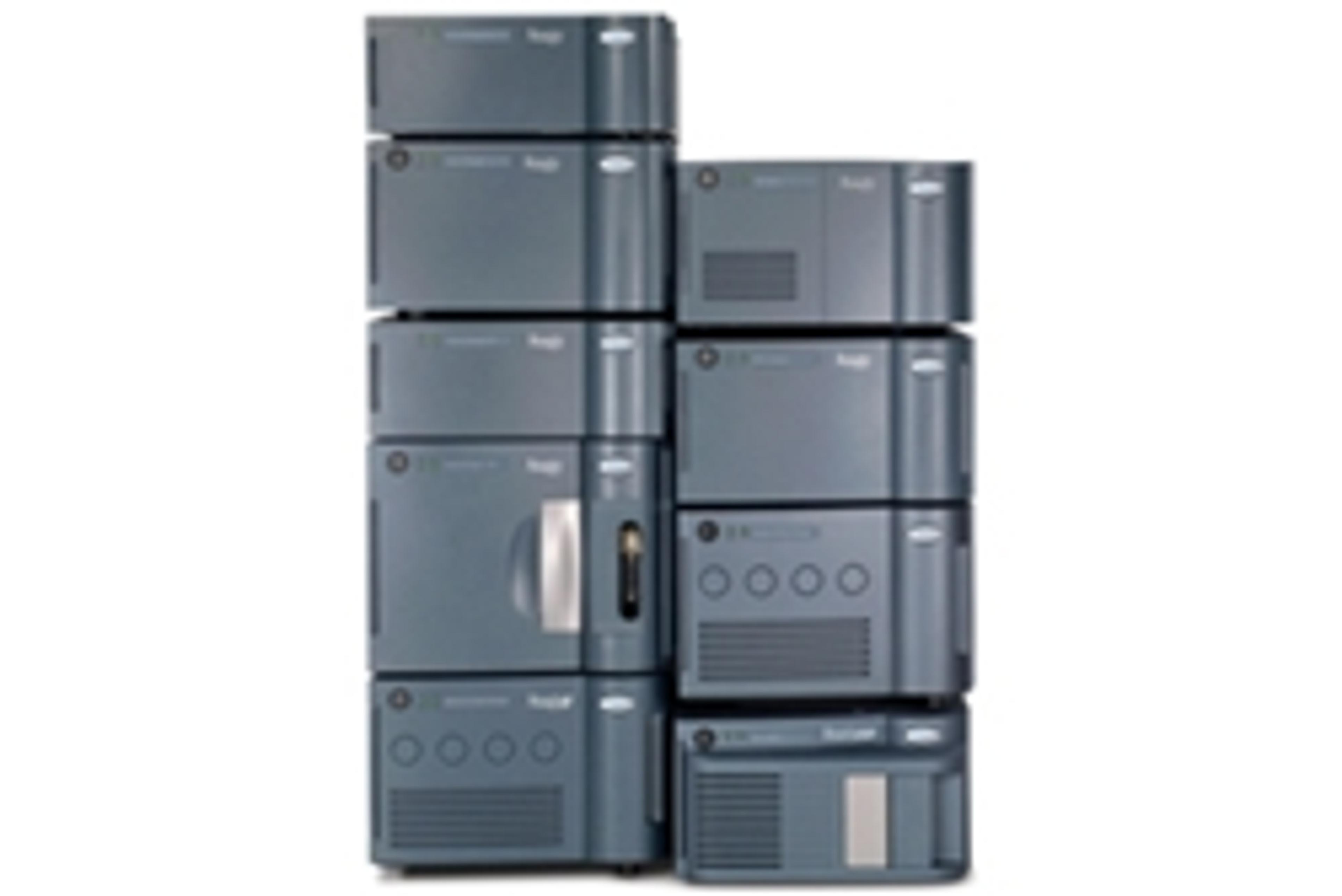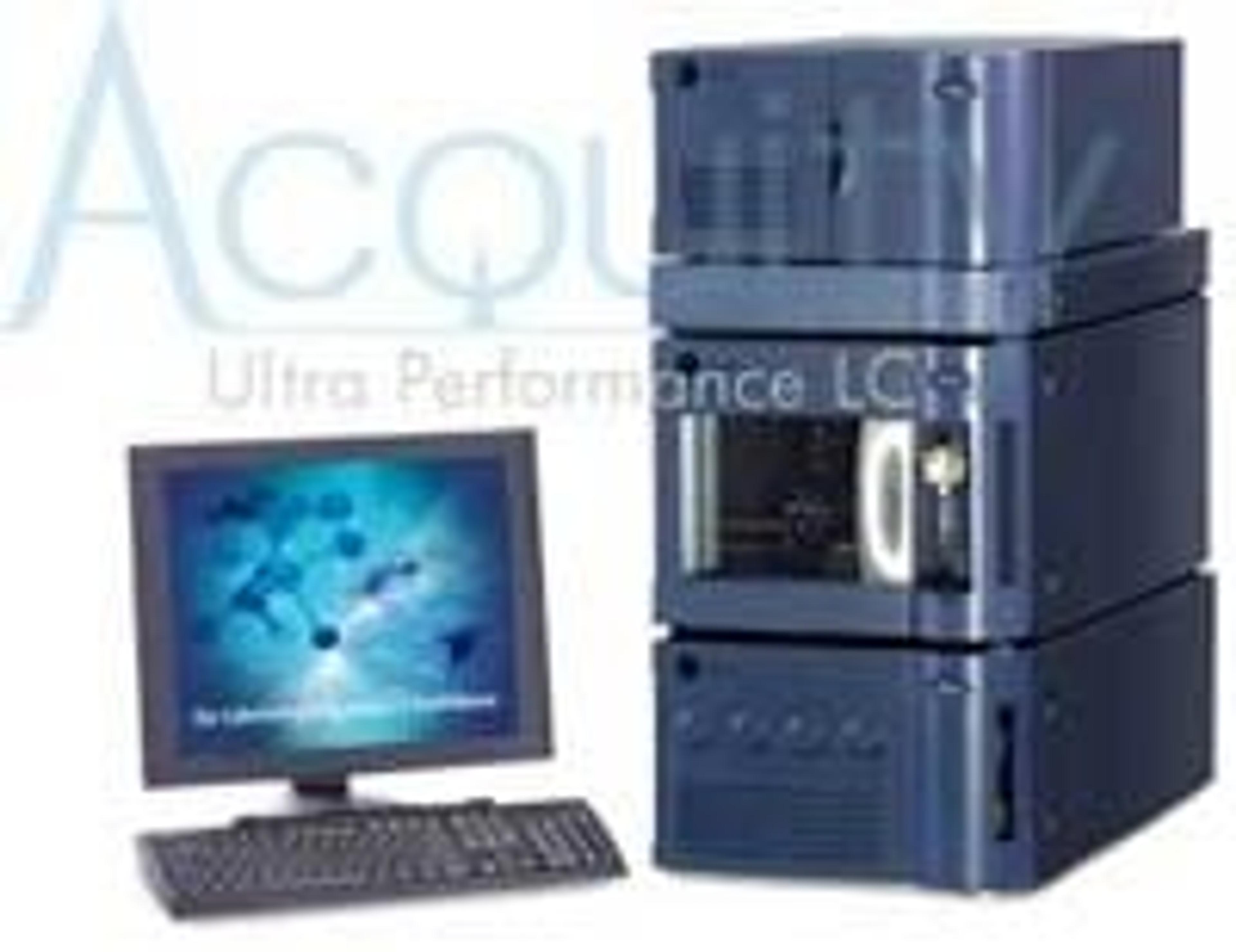Choosing the best UPLC system for your application – quaternary versus binary systems
In this popular on-demand webinar, learn more about which applications may benefit from a particular pump and how to select an LC system based on your application needs
18 Aug 2019
While many liquid chromatography methods are not significantly impacted by the pump, some workflows or applications benefit from either of the two most commonly used LC pumps: binary and quaternary. Choosing an LC system based simply on availability or personal preference could cause you trouble later down the line.
In a SelectScience webinar available on demand, chromatography experts from Waters Corporation, Principal Consulting Scientist, Dr. Paula Hong, and Principal Scientist, Jennifer Simeone, review how binary and quaternary pumps deliver mobile phase to the column, along with the physical characteristics that impact separations, particularly for gradient methods.
The webinar also covers key application areas that might benefit from either the binary or quaternary pump, including method development, automated pH adjustment of mobile phase, long shallow gradients, routine analysis and high-throughput gradient methods. This discussion provides the listener with a better understanding of the physical pump characteristics and how these features might impact gradient separations.
Read on for highlights from the webinar Q&A session or register to watch the webinar on demand.
Watch Webinar Now
Q: Would it be effective and efficient to use quaternary systems in recycle HPLC?
PH: Recycle HPLC is a technique where we often want to analyze peaks or collect peaks that are closely eluting. The purpose of recycling or sending the sample on to the same column repeatedly is to increase your theoretical plate count.
The way that this technique works, it usually requires an isocratic separation since we're injecting the column repeatedly in a short period of time onto the column. Because it is isocratic, the pump or the solvent manager that we use is not critical. Again, we talked a lot about grading delay volume or dwell volume, and those are characteristics that are observed only in gradient separations.
In isocratic separations, especially repeated injections, there's no delay from the gradient or the mobile phase being delivered to the column. So, for recycle HPLC, certainly a quaternary, binary or even an isocratic pump would be effective and efficient for that type of chromatography.
Q: If I develop a method on one type of pump, how easy is it to transfer it to another LC with a different type of pump?
PH: Obviously when we run or develop a method, given the characteristics of the different pumps, we want to make sure that our method - if we need to transfer it from a quaternary to a binary system - operates within the specifications of both pumps. Binary pumps, for example, can sometimes handle very low flow rates and very long, shallow gradients, whereas the quaternary pump may have specifications that don’t allow for that type of analysis. The best way would really be to run an analysis on both pumps to ensure that you achieve the same or comparable.
Q: Do you have any other tips for developing a method that would be successful independent of the pump?
JS: Dwell volume can have an impact on your separation as well, because essentially, the time that it takes from mixing your solvents to reaching the head of the column, you experience an isocratic hold. One of the best things you can do is to program in an isocratic hold at the beginning of a method when you're initially developing it. When you move your method to a different type of system, whether it has a larger or a smaller dwell volume, you can adjust that gradient delay, so that no matter what system you're using, you can replicate the exact same conditions of the method.
Often people develop methods where the gradient starts immediately, which can be a dangerous practice. If you are changing pump types, then you have a very delicate separation. A good tip is to always include an isocratic hold at the beginning of a method.
Q: Due to appropriate emphasis on reproducibility, it cannot be overemphasized to do PV and/or system suitability quality control regularly to verify the accuracy and precision of gradient performance. Do you have any comments on this?
JS: We do put a lot of focus on reproducibility. It's very important especially once you get into regulated spaces like pharmaceuticals and biopharma. We also very much encourage doing different types of system suitability and QC. We have a number of different consumables available. They are quality control reference materials or QCRMs, and we offer them for a lot of different areas, whether it be small molecule or peptides or proteins. These can be really helpful, as they can test your systems specifically for the application area that you're focused on. It’s a great way to ensure that your systems are performing in the most robust and reproducible manner that they can.
Q: How do you decide on which LC system is best for a separatory system?
PH: I think a lot of this depends on what applications you routinely run. If you don't need long, shallow gradients, and you're running more typical HPLC or UHPLC methods with standard flow rates and gradients, then a quaternary pump set might be best. In addition, if you need to blend solvents, obviously you can't do that with a binary pump so a quaternary pump would be the most optimal. If you do a lot of method development, the quaternary pump will allow you a lot more flexibility and allow you to explore some characteristics that might help separate all your analytes more than a binary pump would.
On the other hand, if you're only performing high-throughput screening and you're doing a lot of it, then you might want the lower delay volume of the binary pump. If your analyses requires very challenging long, shallow separations, again, a binary pump would be better.
The challenge really comes in if you're doing a combination of both. You can't blend with a binary pump, that's something that you cannot get around. So, if that's critical to your method, then a quaternary pump might be better. But in the end, it’s dependent on your workflow and some of the key applications that you are doing.
It might be good to do an assessment of your methods and what the requirements are, so you can actually look at the different systems and consider the key characteristics and how they might best fit your application space.

Q: Is the RI detector compatible with either high-pressure or low-pressure mobile phase mixing?
JS: When using refractive index or an RI detector, the most important aspect of that is that you're going to be running an isocratic method. This means the pump type is not really the most important thing. You could even use an isocratic pump. You don't even need the low-pressure quaternary or high-pressure binary. The most important part is that you get complete and reproducible mixing because RI is quite sensitive to any differences in the mobile phase. In theory, you should be able to use either low-pressure or high-pressure mixing for RI detection.
Q: Is a pump's stroke volume dependent on flow rate? Adding initial gradient holds can vary due to flow rate from binary to quaternary method transfer.
PH: This addresses a couple of the key characteristics of the pumps and how they operate. A pump's stroke volume or how it is set will vary from vendor to vendor. Some systems and manufacturers have variable pump stroke volumes, for others it's preset, but there may be more than one option to preset it.
So, the pump's stroke volume may vary by flow rate or it may not: it really depends on your manufacturer and instrument.
In terms of the initial gradient hold, this is not impacted by the stroke volume but the time can vary with flow rate. There’s actually the ability in many instruments to adjust your initial hold and have the injection start relative to a different point of the gradient, allowing you to mimic one type of pump’s delay volume with the other. In Waters instruments this gradient adjustment can be programmed in volume or time.
By having the hold, you can more easily adjust the time of injection. If you didn't have a hold, and you just simply started your gradient at the point of injection, it's really hard to go from a system with longer delay to shorter delay. That's why adding a long enough hold at the beginning part of your method, allowing you to adjust the delay volume relative to your pump, will allow you to observe comparable retention times and method transfer across your two systems. Regardless the hold should be equivalent to the delay volume differences across the two pumps.
Find out more on this topic by watching the full webinar on demand>>
SelectScience runs 3-4 webinars a month across various scientific topics, discover more of our upcoming webinars>>



